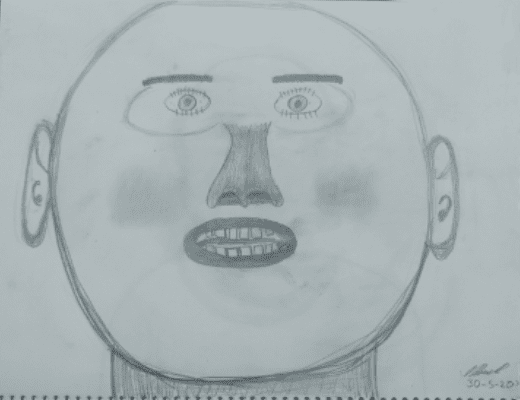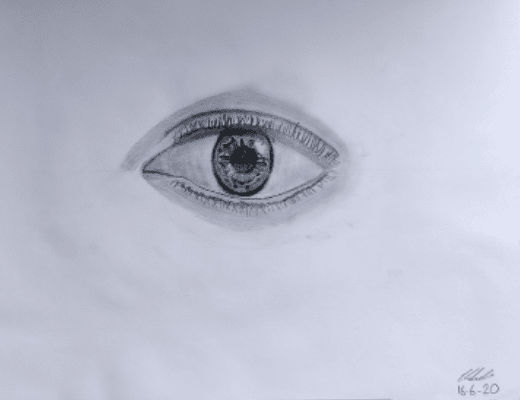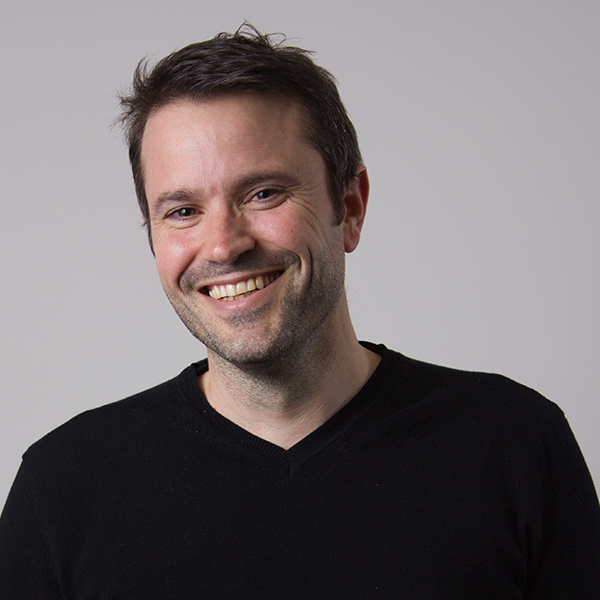Skill acquisition in lockdown
Over the course of my life, I have attempted to learn new skills… largely unsuccessfully. I tried learning to play tennis, giving up when I couldn’t top spin without losing the ball. I tried making electronic music, but I was by far my biggest fan. And my golf slice is almost legendary, only useful on the most dog-legged of courses. While I had an interest in all these things, I found myself unsure of where to start and how to successfully improve my skills.
During isolation, I decided to try one more, and take up drawing. But rather than do what I usually do i.e. watch some YouTube videos or read a book and give it a shot, I implemented a tactic called rapid skill acquisition. This method of learning involves:
- Deconstructing a skill into sub-skills
- Learning how to practice each subskill intelligently
- Self-correcting during practice, removing physical, mental and emotional barriers
- Practising the most important subskills for at least 20 hours
I was astounded at the results. Within four weeks, my drawing skills improved hugely (see for yourself at the bottom of this post – but brace yourselves for my before drawing).
Below are the 10 principles and how I implemented them:
1. Choose a project close to your heart
I chose learning to draw, as it’s something I’ve always had an interest in but never felt I had enough skill. I focused on learning to draw portraits but ended up mainly drawing hands and parts of the face.
2. Focus your energy on one skill at a time
I put all other skill advancements on hold as I learned to draw. This is much easier said than done – halfway through the month I was itching to learn piano, but I had to stop myself.
3. Define your target performance level
While this is a bit more difficult to do with something as subjective as art, I was looking to see a satisfactory improvement on my initial drawing.
4. Deconstruct the skill into sub-skills
I broke down drawing into 5 sub-skills.
- Perspective: representing 3D objects in 2D
- Proportions: comparative sizing of all objects in a picture
- Composition: the placement/arrangement of all visuals
- Lighting: lightness/darkness
- Edges: a way to split up shapes/silhouettes
5. Obtain necessary tools
This one’s pretty simple: paper, pencils, erasers, pencil sharpener.
6. Eliminate barriers to practice
These include environmental distractions, like my phone, TV or people, as well as emotional blocks, like fear and doubt.
7. Make dedicated time for practice
With a goal of 20 hours of practice within a month, I created a schedule for myself so that I would stick with it: 30 minutes in the evenings on weekdays and 1 hour each day of the weekend.
8. Create fast feedback loops
A fast feedback loop is a quick way of determining whether the skill is being acquired. I compared old drawings to newer ones in order to see how well (or poorly) I was incorporating new skills.
9. Practice by the clock in short bursts
At the beginning, I kept an eye on the clock, but as I became engrossed by learning, I oftentimes went over my 30-minute session. Whoops.
10. Emphasise quantity and speed
It can be tempting to focus on practising perfectly, but this will lead to frustration. Instead, focus on practising as quickly as possible while maintaining good form.
After implementing these principles over the course of a month, I was super proud (and surprised) at the end-result.

Above was my very first drawing.
As you can see, I had a lot to learn.

20 hours of practice later, I was finally at a point where I was proud of my drawings.
All in all, these ten principles helped put me on the right track to quickly improve my drawing skills. I’ve come out of this not only a better artist but also have a better understanding of how to go about learning something new. It’s something I’ll take with me as I learn other skills in the future.






